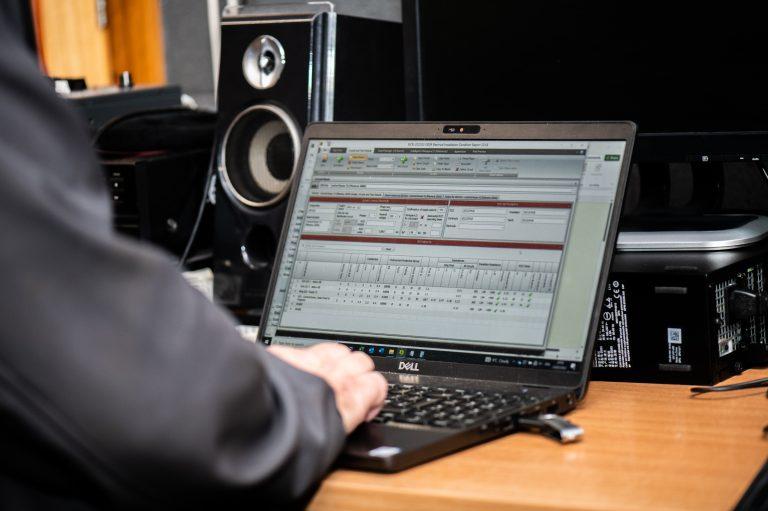If you’ve ever been inside a public building, venue, pub, or club, you will likely have encountered emergency lighting in some shape or form. Emergency lighting is designed to keep people safe in the event of the failure of normal electrical illumination.
Emergency electrical lighting in the UK country falls under a British Standard BS 5266-1, and details how emergency lighting should be designed. In this article we will explore if emergency light testing is a legal requirement.
What lighting should I have in case of emergency?
- Emergency escape lighting
This will provide the user illumination whilst trying to escape the building in the event of the main lighting system failing. - High risk area lighting
High risk task lighting will allow the user greater illumination in an area where there is more perceived risk due to tasks being carried out in a particular location. - Standby lighting
This type of lighting is useful, but not a legal requirement. In areas that will continue to need lighting, standby lighting will be used to allow the continued flow of activity. Although not legislation – buildings larger than 60 square meters are recommended to use standby lighting.
Do I need to test my emergency lighting?
Yes. It is stipulated in the UK Fire regulations that lights should be tested monthly and be serviced every year. There are also further recommendations that should be followed – one of which is to run a three hour test each year to ensure they run for the duration.
In the case where the lighting fails in this period it is required that you replace the battery. Following inspections, any record of damage or fault must be recorded and any faults fixed.
Intersafe have extensive experience in testing electrical lighting systems. If you require further information from a specialist engineer or would like to discuss your emergency lighting testing requirements further speak to the Intersafe team today.




